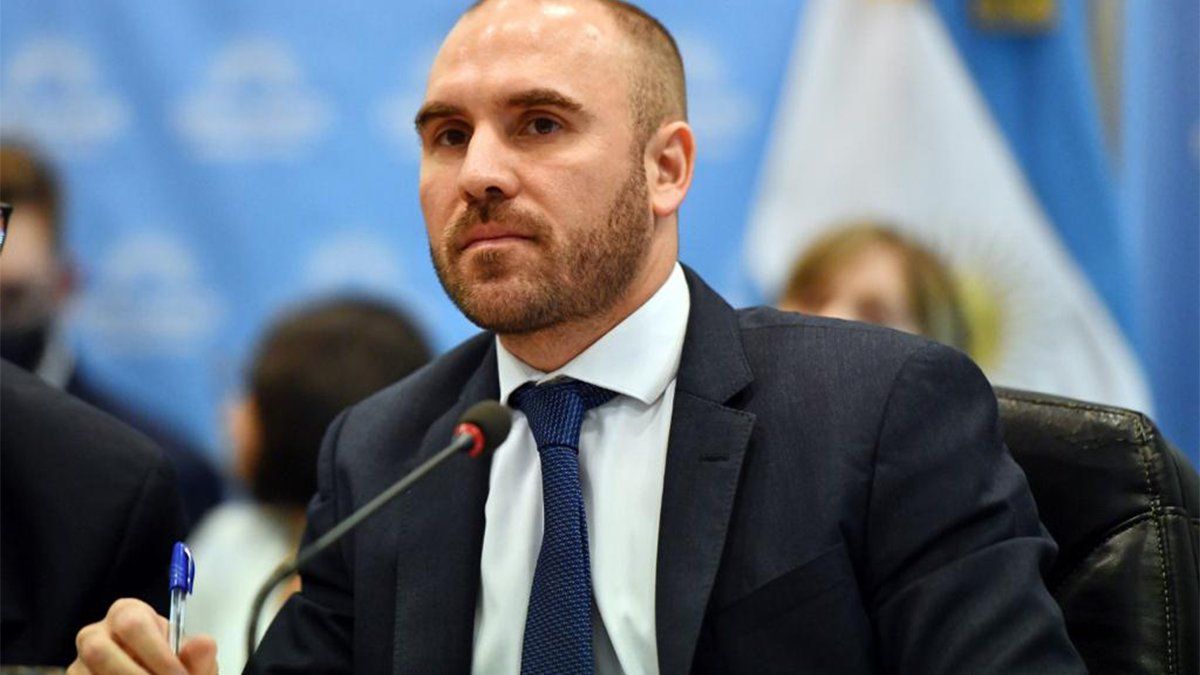The Lecer (adjusted for inflation) due October 21 received orders for $ 92,262 million, of which it awarded only half for an effective value of $ 47,225 million. The real cut-off rate was negative: you will pay CER minus 0.24% in line with the high demand for indexed securities in the secondary market. Official sources told Ámbito that the partial award was due to the need to administer the emission cap for that instrument (which could be completed in the second round) since “in this specific case there was a greater dispersion than usual in the range rates ”, with investors asking for more.
The remainder of the awarded amount (59% of the total) went to the three fixed rate instruments offered. La Lelite, a very short-term bill exclusively for mutual funds that in this case had a duration of 17 days, raised $ 26,257 million at a pre-established annual nominal rate of 35.25%. In addition, two discount bills (Ledes) were placed in April and May, which contributed almost $ 41,000 million with respective nominal yields of 43.24% and 43.62%.
These three securities reflected an upward adjustment in rates, in line with the 2-point rise applied by the Central Bank for the 28-day Leliq, although of lesser magnitude. In mid-December, Finanzas paid 6 tenths less in the case of the Lelite and about 1 point less in the case of the Ledes for similar installments. The strategist of Portfolio Personal Investments, Pedro Siaba Serrate, noted that “Bidding rates were between 130 and 150 basis points above” of the levels they had in the secondary market at the time of the call for bids.
Financial plan
With this placement, Guzmán and his team launched their 2022 financial plan, which will be marked by negotiations with the International Monetary Fund. The challenge: increase the portion of the fiscal deficit funded with new local debt, with the aim of reducing the weight of the monetary issue.
The result allows them to reach with some ease the renewal of the end-of-month commitments, which total close to $ 215,000 million and are almost entirely concentrated in one LED. They refinanced the $ 55,500 million that expire in the first half of January (the bulk corresponding to two Lelites) and pocketed $ 58,986 million of net funding. This Thursday, in the second round of the auction aimed at market makers (a group of banks and brokerage firms), they will be able to add a financing bonus of up to $ 17.6 billion.
Basically, the first guideline drawn up by officials is to start the year with a good monthly net funding cushion, which will give a signal to the market for what is to come. It is that January is one of the months with the lowest burden of debt maturities in local currency in the first semester. They total about $ 300,000 million, while in the following months Finance will have to renew payments for about $ 500,000 million in February, $ 800,000 million in March, $ 550,000 million in April, $ 700,000 million in May and $ 300,000 million in June. These figures will increase with the running of the bids. The year began with a challenging maturity profile for all of 2022 of $ 4.2 trillion, according to official sources.
Within this framework, Economía will deploy its financial plan. A plan still subject to what is defined in the negotiations with the IMF, which today is hampered by the body’s demand for a more accelerated fiscal adjustment. Depending on the goals that are reflected in the multi-year program with which it seeks to refinance the debt of US $ 45,000 million that it left Mauricio Macri, the projections for the composition of public financing will be finalized.
Guzmán’s proposal consists of a primary deficit of around 3.3% of GDP in 2022 (similar to last year) and then a gradual decrease to the primary balance in 2027. That scheme, according to the minister, would allow reducing red without cutting public spending in real terms (something that did happen in 2021 due to the withdrawal of Covid spending and the contraction of pensions) and sustaining the recovery of economic activity. The Fund calls for a two-year balance and, therefore, to step on reactivation.
In the Government’s proposal, the financing mix for this year contemplates reducing the monetary assistance of the Central Bank to the Treasury to 1.8% of GDP, less than half that in 2021. For that, Guzmán aims to obtain 1.1 % of the GDP of net disbursements of international organizations, a goal that the market sees as very ambitious but that could contemplate the reimbursement of the SDR used last year to pay capital to the IMF itself. It is also betting on increasing the net debt in pesos to 2% of the product, an objective that some analysts consider reasonable when taking into account that last year it closed with a net funding of 1.6% of GDP.
“The premise is that the local market will gain weight and space in the financing of the Treasury, but it is a process that will require a lot of time, the accompaniment of the actors and a macroeconomic performance that collaborates in that sense”, synthesized a source from Economics.
Source From: Ambito
David William is a talented author who has made a name for himself in the world of writing. He is a professional author who writes on a wide range of topics, from general interest to opinion news. David is currently working as a writer at 24 hours worlds where he brings his unique perspective and in-depth research to his articles, making them both informative and engaging.




